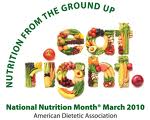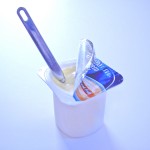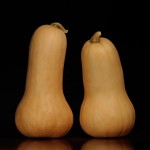 As mentioned last week, the Food Guide Pyramid has been replaced and the latest nutritional tool from the USDA is an image of a plate. This diagram can be a useful and simple way to plan balanced meals. The image chosen by the USDA is slightly different from the plate picture I teach and use myself in that vegetables and fruits make up half the USDA plate. The plate format I teach has half of the plate filled with vegetables and a serving of fruit on the side. Is one variation better? The USDA possibly chose their version because having everything on one plate is simple and compact. However, this model does underemphasize vegetables. Bottom line is that both versions can be helpful building blocks for a healthy diet and this is a step in the right direction, a step away from the confusing pyramid.
As mentioned last week, the Food Guide Pyramid has been replaced and the latest nutritional tool from the USDA is an image of a plate. This diagram can be a useful and simple way to plan balanced meals. The image chosen by the USDA is slightly different from the plate picture I teach and use myself in that vegetables and fruits make up half the USDA plate. The plate format I teach has half of the plate filled with vegetables and a serving of fruit on the side. Is one variation better? The USDA possibly chose their version because having everything on one plate is simple and compact. However, this model does underemphasize vegetables. Bottom line is that both versions can be helpful building blocks for a healthy diet and this is a step in the right direction, a step away from the confusing pyramid.
Visit www.choosemyplate.gov for more information on the new USDA plate model.






